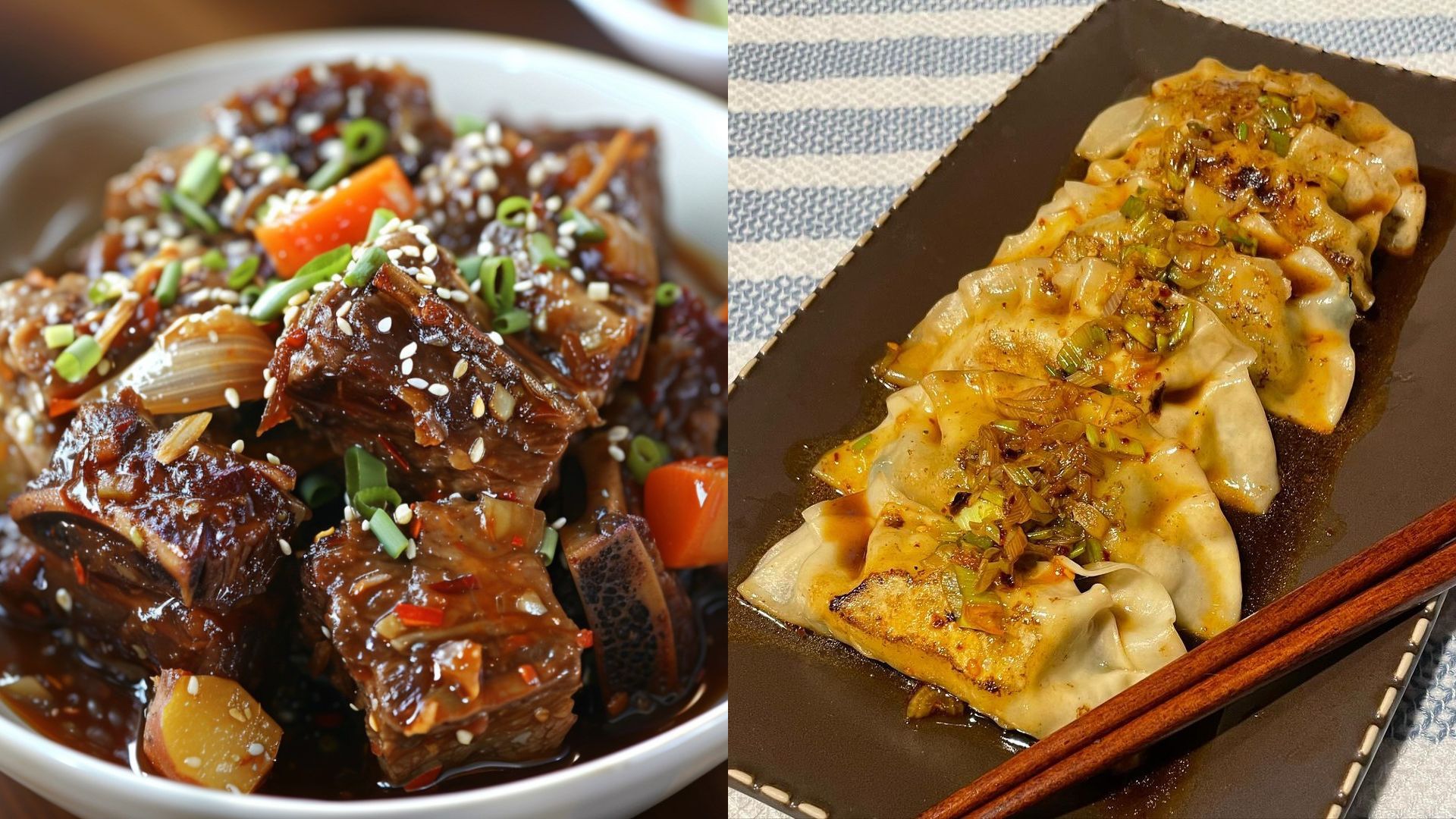Holidays are almost always associated with grand and flashy celebrations. But during these special moments, there’s nothing that people would actually wish for more than being with loved ones. In addition, it’s times like these when sharing delicious foods together becomes a must.
Even in Korea, traditional holidays are celebrated by the whole family coming together and whipping up special dishes in unity. Beyond the flavors and satisfaction of eating, these foods contain the family’s earnest wishes and unique symbolisms for good things like success and happiness.
Here are the signature foods you can try to celebrate traditional holidays the Korean way:
Tteokguk (Korean Rice Cake Soup)

For Koreans, tteokguk is a dish they always eat during Seollal (Lunar New Year’s Day) to wish for a good year ahead while greeting their elders. Though other tteokguk versions exist by region, the standard way of making it is by slicing a long rice cake stick thinly and then putting it into a boil with a beef broth. It is served with egg garnish and seaweed flakes as the toppings.
The clear broth and white rice cakes symbolize how the New Year should be started with a clean slate, while the length of the rice cake stick represents longevity and the round slices mean prosperity.
Songpyeon (Half-moon Shaped Rice Cake)
During Chuseok (Korean Thanksgiving Day), songpyeon is one of the foods you’ll always see on people’s tables. A kind of rice cake produced with new grain during Korea’s harvest period, songpyeon is put on top of the ancestral rites table to signify one’s gratitude for the year’s events.
This rice cake is made from freshly harvested rice, stuffed with beans, sesame, red beans, chestnuts, and other nutritious ingredients before steaming. It’s typically steamed over a bed of pine needles, giving the rice cake its classic scent.
Jeon (Korean Pancake)

A savory pancake created with a light flour batter coating, jeon relies heavily on the main ingredient for its taste. Jeon can be made from different ingredients like oysters, shrimp, meat, vegetables, and many others. Examples of jeon variations are kimchi jeon, haemul pajeon (seafood/green onion pancake), gamja jeon (potato pancake), and kkochi jeon (pancake skewer). This food is enjoyed for its crunchy outer texture and flavor-packed filling.
Galbijjim (Braised Beef Short Ribs)

From birthday parties to holiday celebrations, galbijjim is a dish that you’ll always find present! Made from slow-cooked beef with a soy-based sauce that includes vegetables and glass noodles, galbijjim is enjoyed for its tender meat that’s easy to eat. It’s best paired with rice to balance out the sweetness of the sauce, which is similar to bulgogi.
Mandu (Korean Dumplings)

Often combined with tteokguk during Seollal, mandu are dumplings made from a flour-based shell stuffed with various minced ingredients like kimchi, meat, or vegetables. Whether boiled, fried, steamed, or put in soup, mandu is known for its versatility in complementing various ingredients. Served during memorial services, mandu signifies the hope for a peaceful new year.
When celebrating holidays with your family, sharing delicious foods like these is a valuable part of the festivities. Aside from the enjoyment that comes with eating, the effort and quality time spent by the family while preparing the food are at the heart of traditional Korean holidays.







